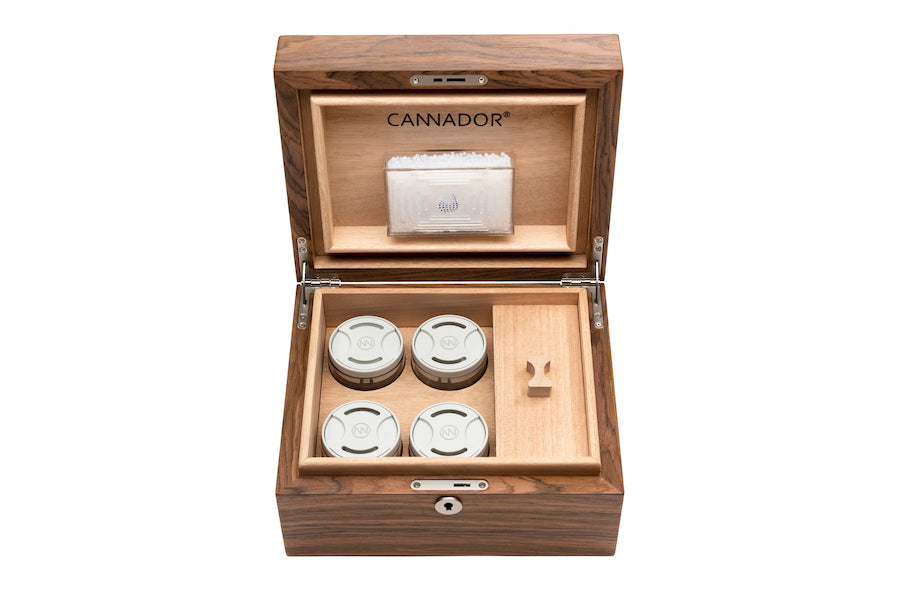Cannabis trichomes are the most important part of the bud because this is where the resin is stored, which contains the terpenes and cannabinoids like THC and CBD. This is where the strains’ flavors come from and the high or effect you get from smoking. NugShots recently used a laser microscope to get a closer look at a trichome and the results are mesmerizing.

The size of cannabis trichomes are no larger than a human hair and there are thousands of them on each bud. When the resin bursts from the trichome head, the scent of the bud is released, which is why it smells more pungent after you grind your buds. The resin is very sticky and will stick to your skin or whatever the trichome gland touches acting as a defense mechanism to predators. There are three types of trichomes: Bulbous, capitate-sessile, andcapitate-stalked. Bulbous are the smallest and barely visible to the naked eye, whereas capitate-stalked, the largest variety, is what most people notice when viewing cannabis flowers, either with the naked eye or under magnification.

Trichomes also indicate the state of maturity of female cannabis plants in the final stages of growth. The plants are not fully mature until the trichome heads take on a milky or cloudy appearance. In terms of consumption, people harvest cannabis trichomes in many different forms. Kief is millions of cutoff or decapitated trichome heads. It looks like a pile of sand and can be smoked or pressed into rosin by way of heat and pressure, which is a more highly concentrated form. Ultimately, the trichome heads are what contain the cannabinoids that get you high, so there are many ways you can manipulate and extract cannabis trichomes from the buds.



